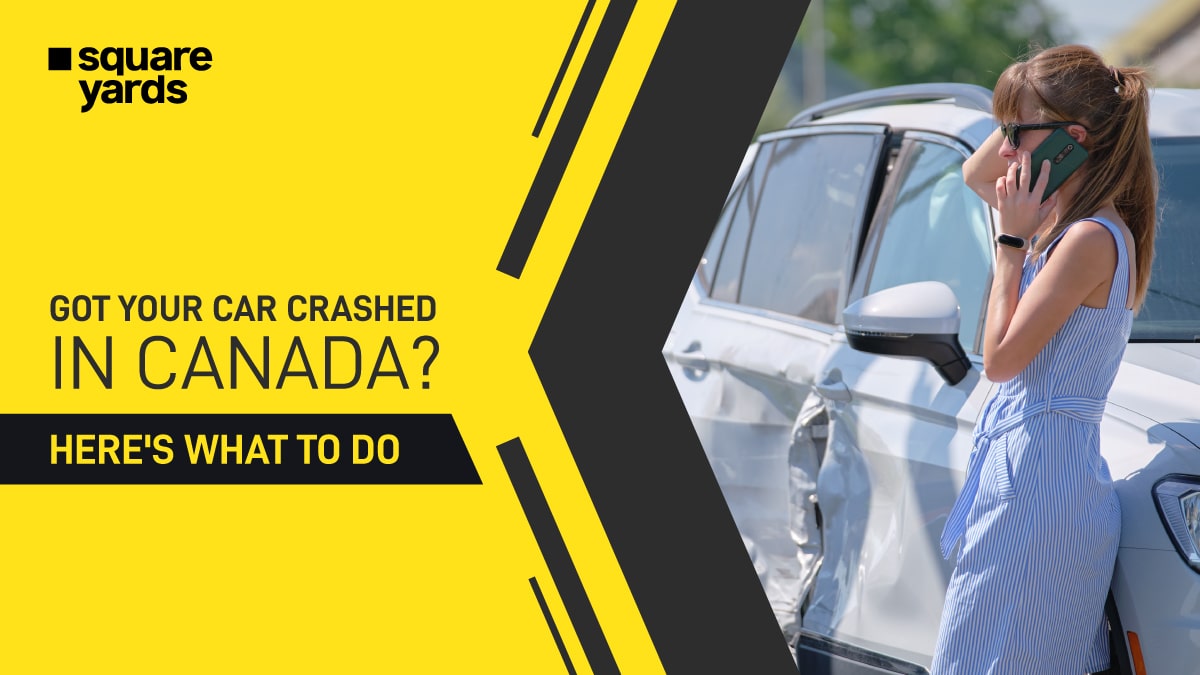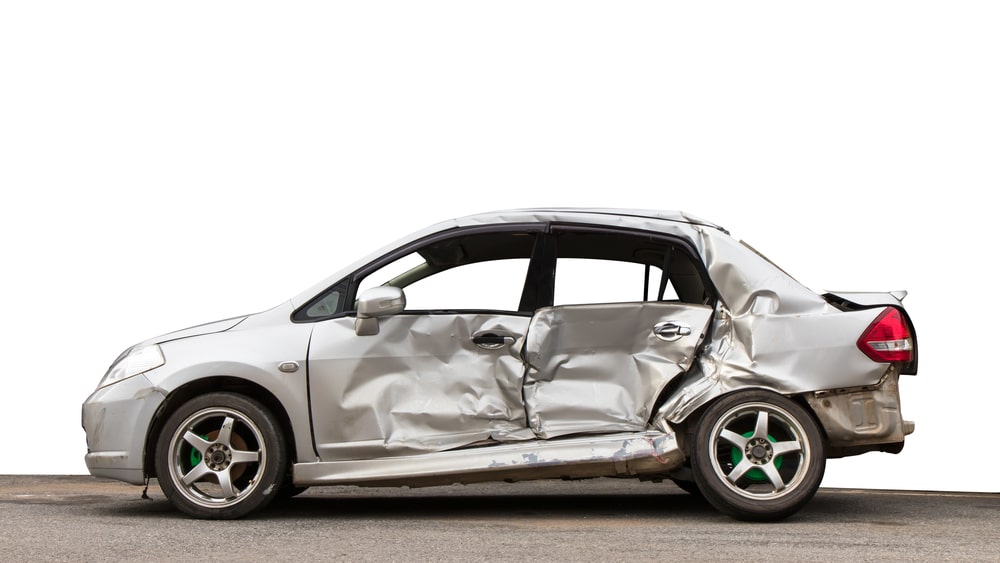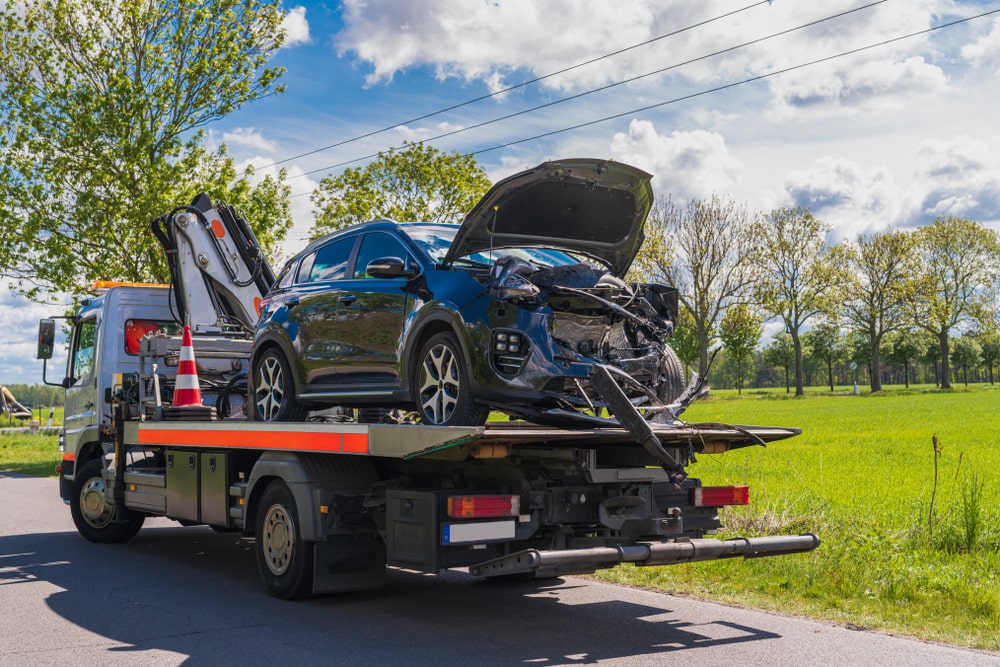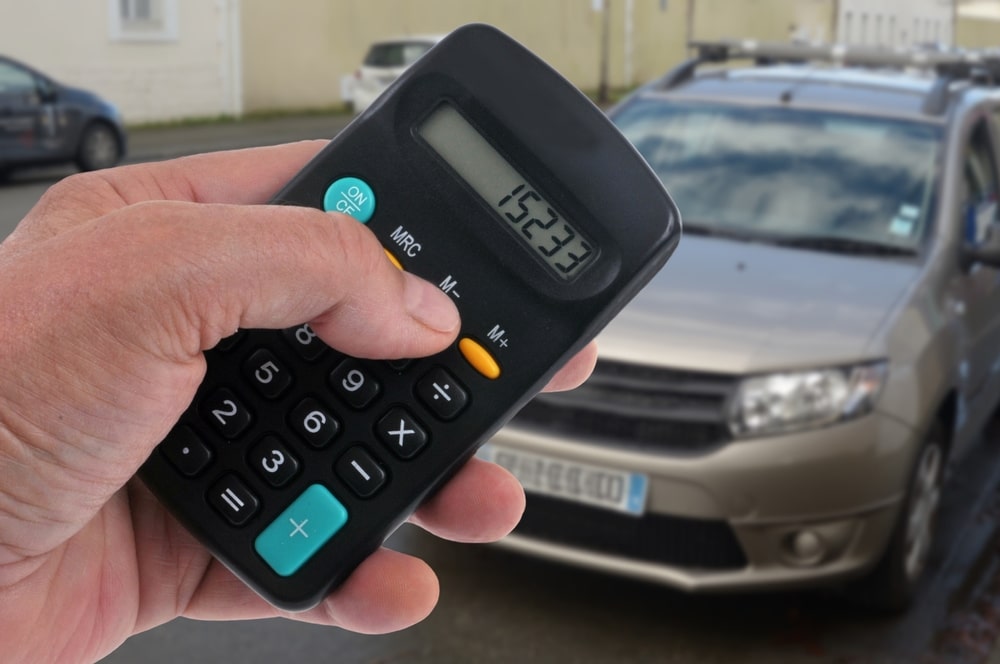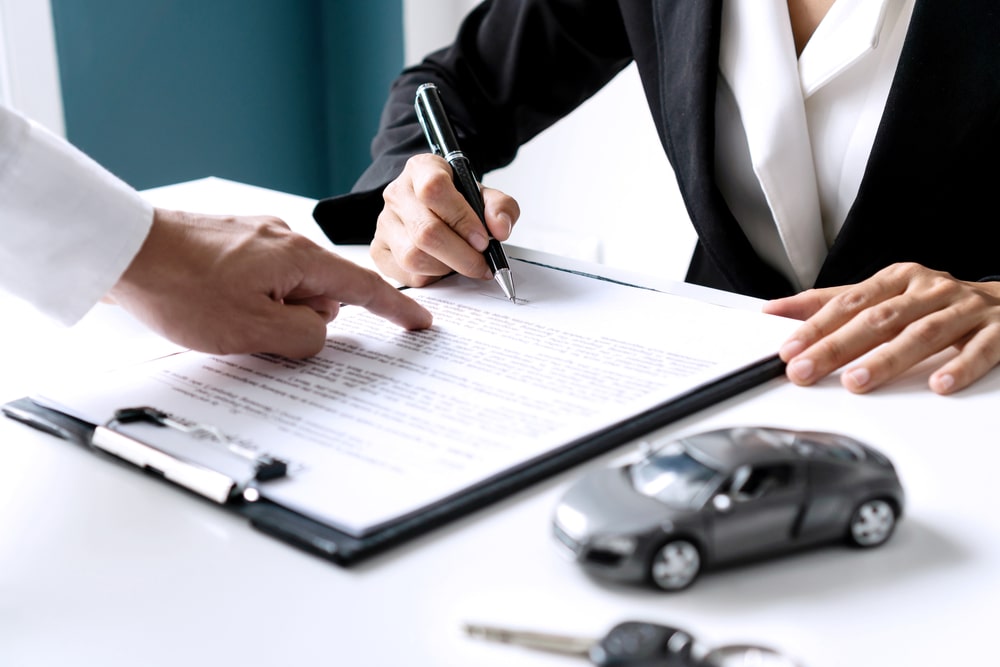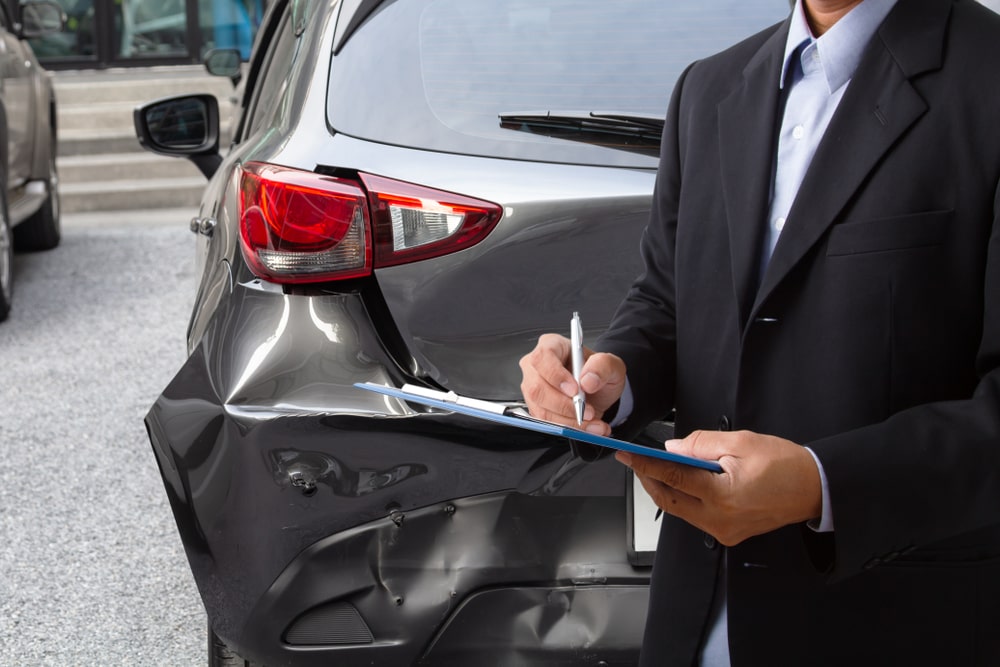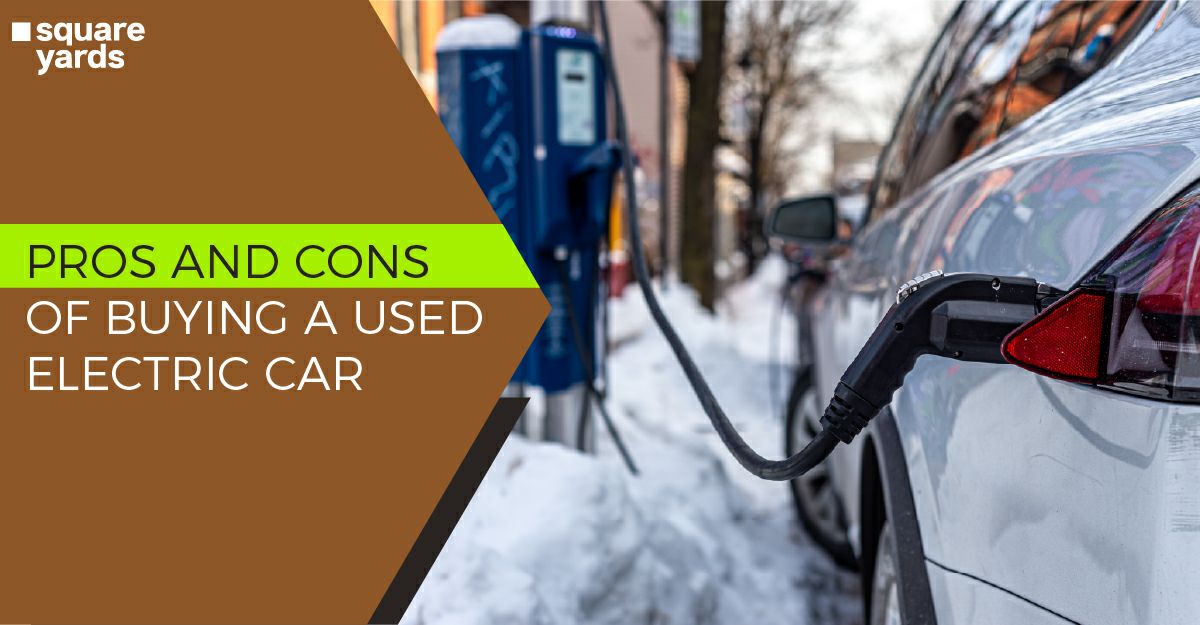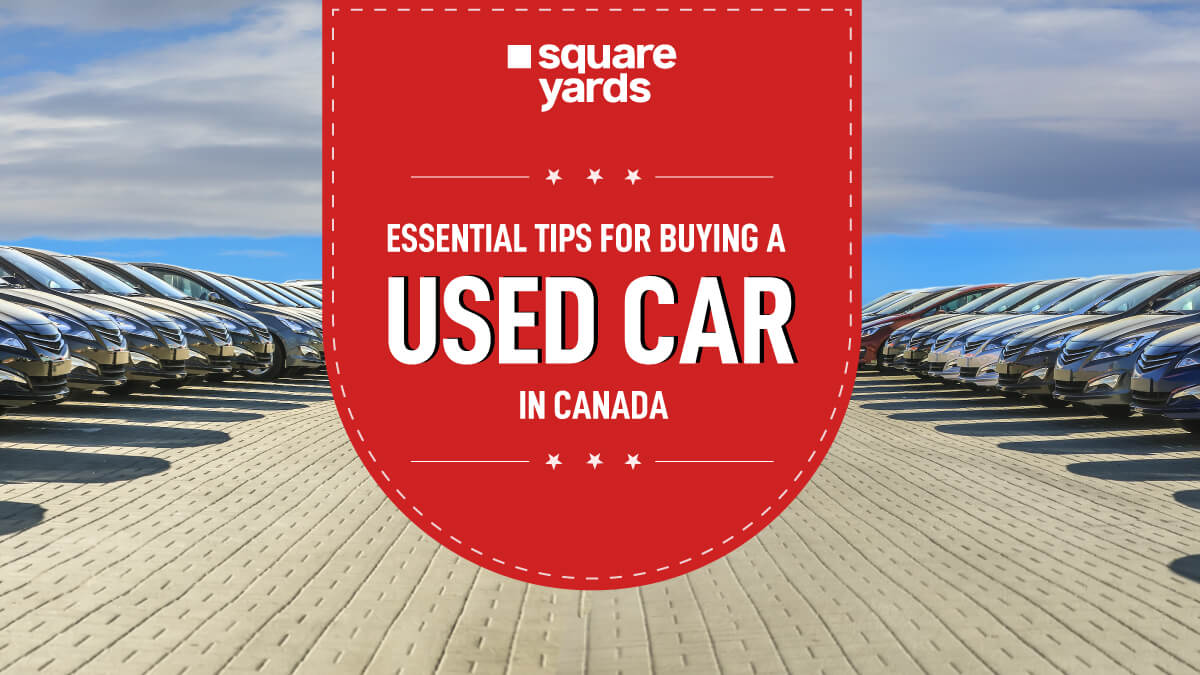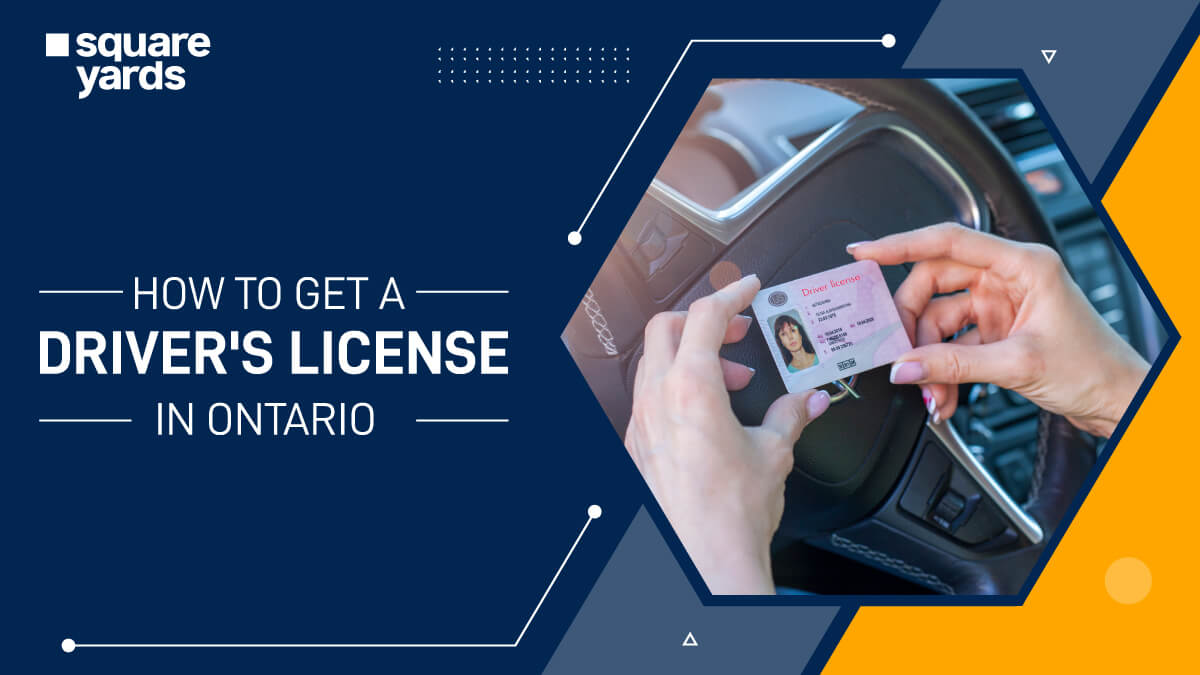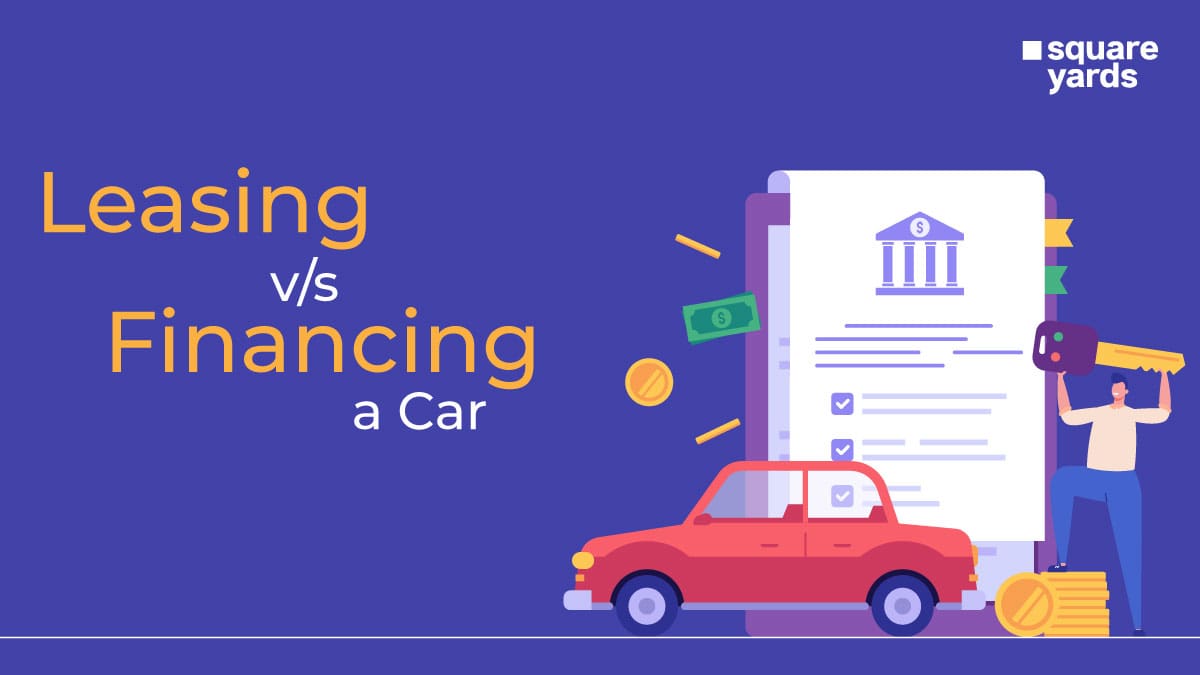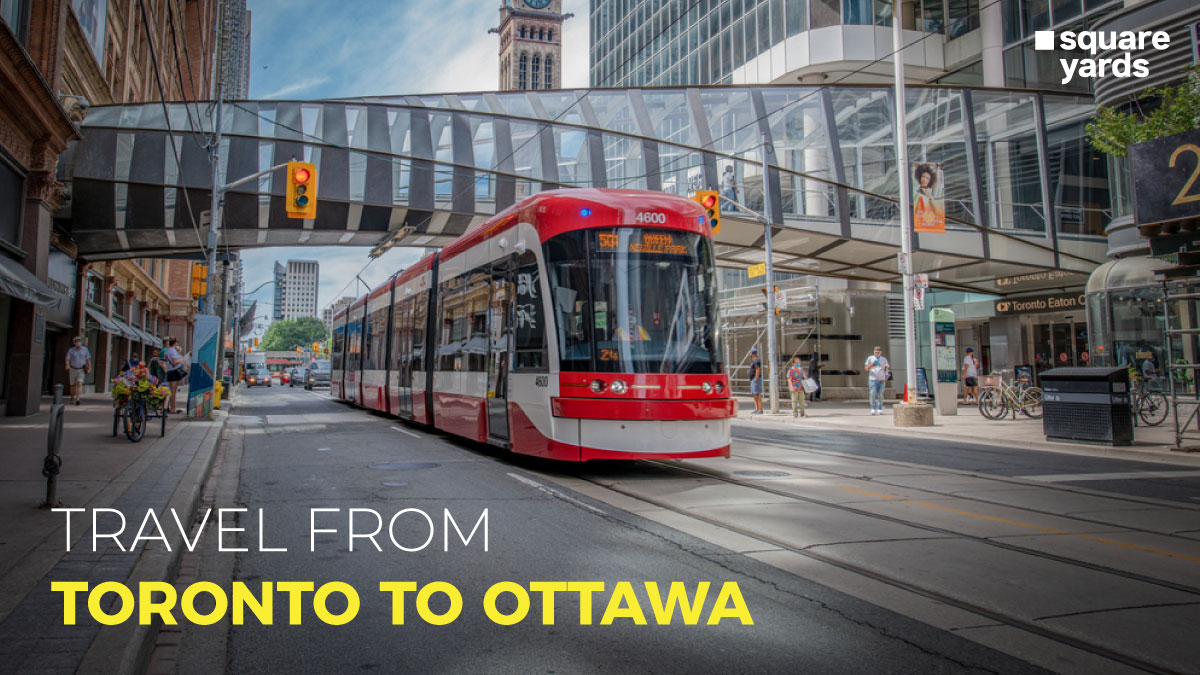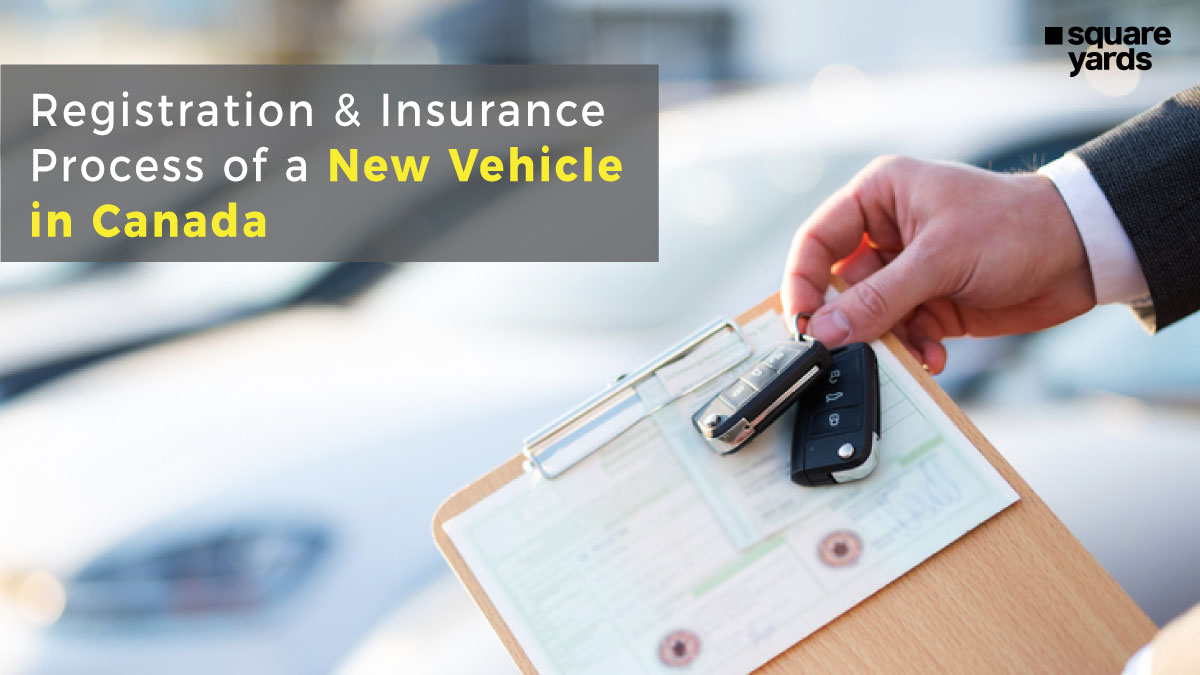Unfortunately, vehicle collisions and accidents are too typical in Canada, specifically in metropolitan regions. If you are fortunate enough to walk out of a totaled car in Canada, the next thing you may need to worry about is what you can do about the damage done to your vehicle.
Most of you will still approach your car insurance provider, still. you must note that the existing coverage may vary hugely based on the circumstances of the collision and the amount of damage your vehicle has received. For example, what will you do in case of a write-off car or if you are in a total loss vehicle?
Read this blog thoroughly to know how to act in such a situation.
Factors Determining If Your Car is Totaled
Car insurance policies differ for every car insurer. Nevertheless, most car insurance providers consider your vehicle ‘totaled’ only when any repairs would cost more than its actual cash value or if it’s damaged beyond repair. Therefore, your provider may write it off as a total loss vehicle if its restoration surpasses 50% – 80% (varies from one insurer to another) of your car’s worth before the crash.
Other parameters that car insurers usually employ to assess your eligibility for coverage include:
- The safety issues available with the car
- Whether your car is repairable
- The age and condition of the car (before and after the crash)
- The cost of restoration of the vehicle
- The estimated cost and repair time of all damage
What Happens If Your Car is Totaled?
The assessment of the possible car insurance claim performed by a claims adjuster will depend on multiple situational factors such as the location and events of the crash. If your totaled car in Canada fulfils at least one of these circumstances, it will be deemed a totaled vehicle. Some of the factors in this case include:
- The structure of the car has been damaged beyond repair (reasonable safety)
- Its airbags have been deployed
- Any repairs or restoration may cost more than its actual cash value.
Practically, if the insurance provider doesn’t find that the repair is worthwhile to cover, they will mark your car as a total write-off. From there on, you will be eligible for one of two payout classes:
At-Fault Accident and Total Loss Payout
If the insurer finds you at fault, it will only pay the replacement cost if your policy consists of comprehensive insurance. In such circumstances, the payout may differ depending on the car’s cash value, minus your deductible.
Not At-Fault Accident and Total Loss Payout
Suppose the insurer is assured that you aren’t accountable for the damage. In that case, the provider will offer direct compensation for property damage (DCPD) in a settlement form equal to your car’s current cash value.
How is a Car’s Value Calculated?
Either a potential witness or a mechanic can perform the value estimated and may comprise parameters, like —
- Mileage of the vehicle
- Condition before and after the collision
- Model, make and year of the car
- Exterior and interior modifications/upgrades
For instance, if your car is more than ten years old and already has excessive wear and tear and mileage, the repairs might cost more than the car’s actual market value. Even minor wear may result in a total loss when it reduces the vehicle’s safety or drivability.
Steps to File a Claim with Your Insurance If You Total Your Car
Given below are some common steps to follow for claiming insurance on a car crash:
Step 1: Get the Driver’s Insurance Information
You can begin by switching your registration and insurance with other drivers in a car crash. Do take pictures of all the harm and damage caused. Also, don’t forget to note down their license plate numbers.
Step 2: Register the Accident
If feasible, report the incident to your insurance provider on the spot. This may appear nerve-racking and may need information such as:
- License, registration, and insurance details from both drivers
- The contact details of any witnesses to the incident
- A complete crash summary (date, time, weather conditions, etc.)
- Plate numbers and issuing province from both vehicles.
In a few circumstances, you can also choose to call the police and report the incident, although you still require calling your insurer to start a claim.
Step 3: Tow Your Car (If the Car is Undrivable)
Getting a tow can be expensive. But some new car promotions, policies, and insurers (like CAA) will cover this expense, but that’s not an assurance. Therefore, it’s advisable to have your payment method and your license handy.
Step 4: Gather All Your Documents
Once your car has been towed, consider going home and collecting all crucial documents associated with the vehicle, comprising of but not restricted to:
- Bill of Sale
- Proof of Ownership
- Financing/Leasing Documents
- Maintenance/Repair Receipts
- Safety Certification
Step 5. Call Your Insurance Provider to File Your Claim
Next, call your insurance provider, register the collision, and learn your options. When you begin your claim, your insurer should allocate you a claims adjuster, who will examine your case to confirm the validity of your claim. They will analyse the following factors:
- The party at fault (accountable for the accident)
- When and how the crash occurred
- If your claim lies under the conditions of your policy
- The type of coverage you qualify for
Step 6: Accept or Negotiate the Offer
The insurance provider may also allocate an appraiser to investigate the damage done to your vehicle and assess its cash value. Don’t make rash decisions if the car appears to be a total loss. Instead, focus on various alternatives available to you, including:
- Determining the actual market value of the vehicle and negotiating a better payout
- Accepting the payout or settlement provided
- Retaining the car with the settlement and paying for repairs out-of-pocket (in case it is deemed salvageable and offers an overall safety inspection afterwards)
- Selling it to a junkyard for parts, in case it cannot be replaced
Can You Negotiate a Car’s Value with Your Insurance Provider?
If you believe that your insurer’s first settlement offer is pretty low, there may be a few things you can do to negotiate a bigger payout after your car is totaled, comprising:
Research
Until you get the true value of your car, don’t accept the offer. Browse for a reliable mechanic online and gather any documents supporting your claim. The more evidence you collect and present to the adjuster, the better chances of negotiating an offer you can have.
Hire a Lawyer
If you think your insurer isn’t offering you a better offer and need help, you may consider getting an attorney. This will save you stress and may help earn you a larger payout. Although, it can be expensive, especially if the case goes to court. Hiring a lawyer may be your last resort if you don’t want to spend extra money.
Ask for a Written Settlement
After you have negotiated a reasonable settlement, don’t forget to get all its condition in writing. This will bind your insurance provider to their agreed payout money and secure both parties if the settlement terms are disobeyed.
How Much Will You Get for Totaled Car in Canada?
In case your car is in a total loss vehicle condition, and your insurer approves for coverage, the amount of your settlement payout may differ based on various factors, such as:
Your Policy
In case you possess a comprehensive car insurance policy, you may be allowed to add “new car replacement” to your policy. This way, you can cover the purchase cost of a car of similar value. Although it may increase your premium, it will also offer more comprehensive coverage than regular collision insurance, which doesn’t provide any payout.
The Appraiser’s Evaluation
Insurance providers also determine your payout based on their appraiser’s assessment of the damage, their analysis of comparable vehicles, and their examination of your claim. If you arrive at a fair settlement, the insurer will simply issue a check minus your deductible.
Actual Cash Value (ACV) Coverage
This less expensive add-on repays you for your car’s ‘current’ value (pre-crash). The deal is defined by subtracting the depreciation amount of the car from its one-time purchase cost. The ACV of a car is determined using factors like age, mileage, and pre-existing damage.
Financing
The insurance provider will pay your lender first if you borrowed a car loan or took a lease. If any positive balances are worth more than you owe, they will send them to you by check. Unfortunately, you must pay any negative balances if you lack gap insurance. This means that you will owe more than the value of the car.
You May Also Read
| Secret Tips for Canadian Electric Car Buyer | How To Buy a Car in Canada? |
| Insurance and Vehicle Registration in Canada | Modes of Quebec Public Transportation |
| Transportation from Toronto to Ottawa |
Frequently Asked Questions (FAQs)
If you have the right coverage and your provider deems your car is a total loss, they must pay its cash value minus your deductible. After that, cars will naturally be discarded with the parts salvaged and sold.
Yes, it might affect your credit score. It may go a little lower.
It completely depends on the situation of your car crash. If the collision was your fault, your insurance rates will go up. However, if the collision wasn’t your fault, the insurance rates won’t increase.
You can keep your car even if your insurer has totaled it. However, repairing it and paying for the same is up to you. Remember that you may have to cover repair costs from that point on.
You should contact your insurance provider if your car is a write-off.
If you don’t agree with the total loss settlement process or the settlement offer by your insurer, there are several other options, such as negotiating the offer further or hiring a lawyer. As a Canadian, you also have a right to file an ‘appraisal appeal’ under the Insurance Act of the country. What happens if your car is totaled?
Does totalling a car affect your credit?
Will my insurance increase after a total loss?
Can I keep my car if it’s been totaled?
Should I contact my insurer about a car write-off?
What if I’m not satisfied with my totaled car’s appraised value?

